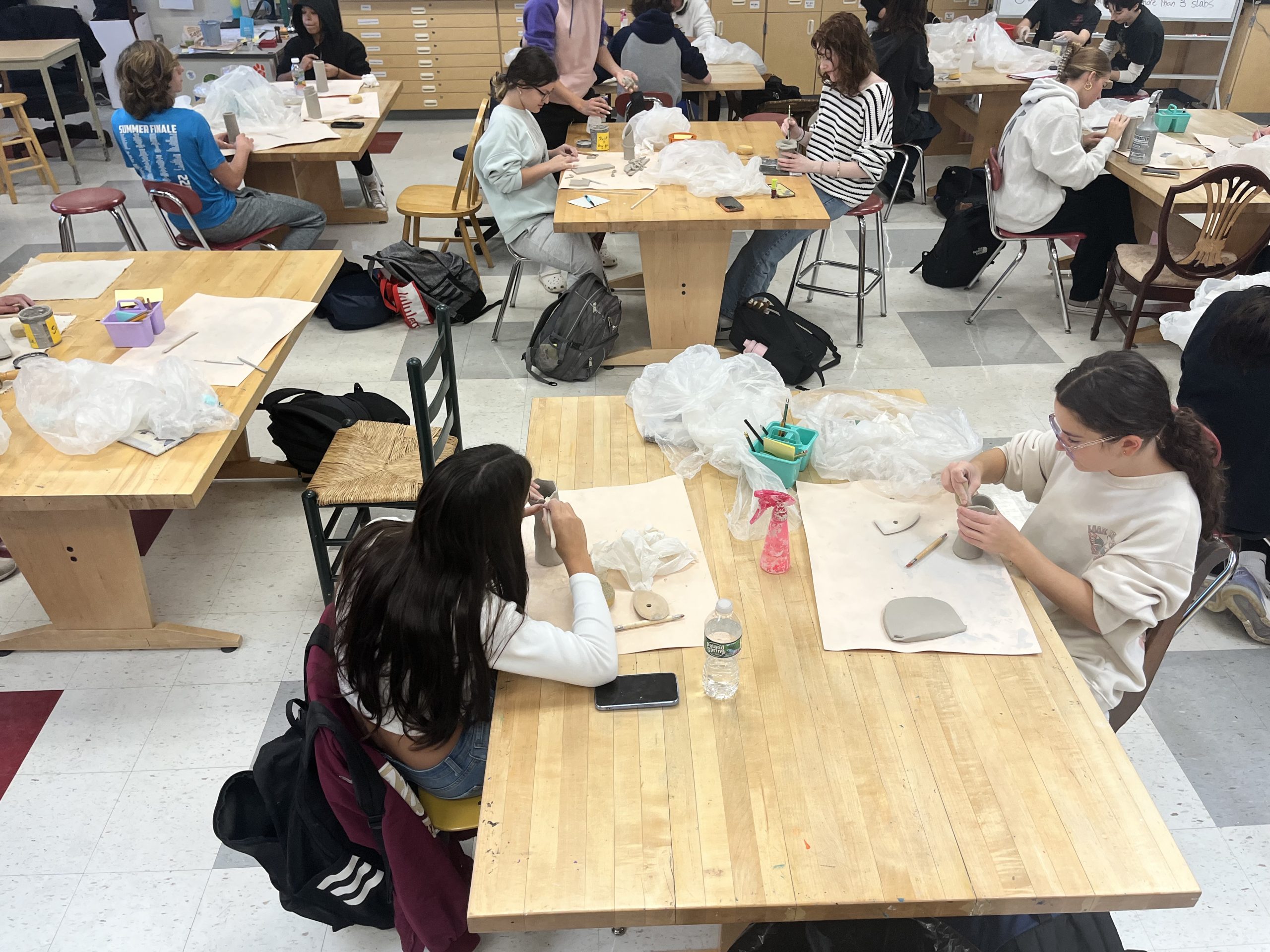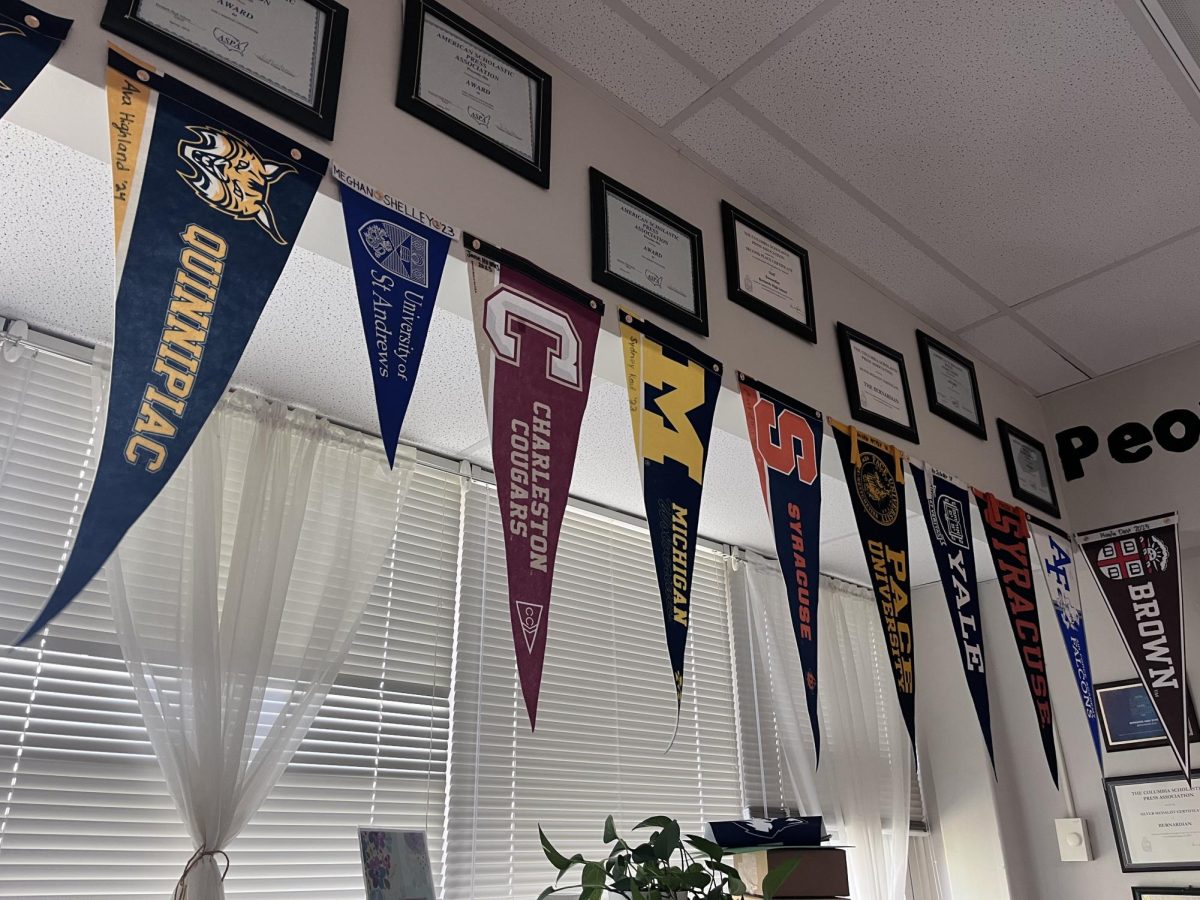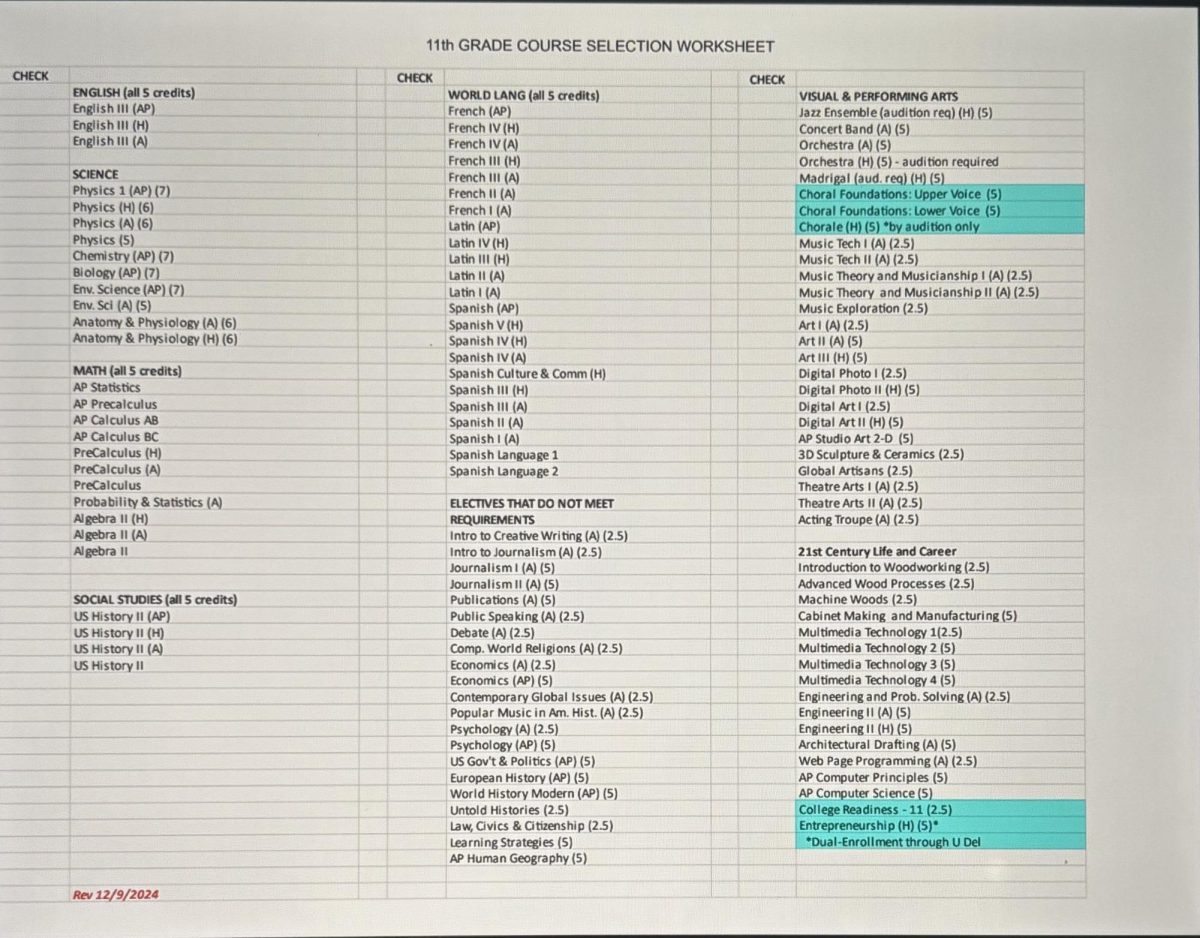Education is an integral part of life, particularly one of the most definite periods of a lifetime: adolescence. One discovers a series of layers to themselves by being enriched by mentors. Simply showing distaste for core subjects can entail a refined interest in a less “mainstream” career, even at a primitive age. Many students face this epiphany during their K-12 years, a decent portion of which can find a semblance of themselves in the arts. Art programs are as essential to a school as any other department would be, as reflected in Bernard’s High’s efforts to fulfill the mission of the arts; however, art programs can be insufficient in funds due to higher expenses.
“The arts are probably more expensive [than other programs in education]. If you look at music in history, music wasn’t paid for by people paying to get into concerts, it was funded by wealthy benefactors. Even now, orchestras had to cancel several major performances because they couldn’t afford to produce them. The tickets are expensive, but they don’t cover the expenses of the orchestra,” Mr. LaPine said.
Several factors in music programs alone contribute to formidable costs, including venue booking, equipment, and costumes, along with the apparatuses of the programs requiring long-term maintenance. In terms of expenses, donors are the wind beneath the arts’ wings. Though, the arts can be more financially demanding than other programs in education, which warrants incessant maintenance.
Aside from the financial hardships of the arts, young artists often are less equipped for their career paths throughout early education. Most art enrichment is offered in the form of an elective or even an extracurricular. Even with the continuous expansion of electives, students could be exclusively placed in classes that deter from their aspirations, as electives merely make up a minority of a student’s schedule for the school year. Students also are not given much opportunity to explore their creative expertise until later into their education.
“I think because at that elementary part of development in the brain, where other than multiplication tables being memorized, what else does a child truly develop the patience to master?” Ms. Crisman said.
Early childhood is considered the most pivotal stage of brain development, despite the inadequate amount of art courses that are offered throughout elementary and middle school curriculum. The arts hold an elaborate series of history for all sorts of individuals, and pique several children’s minds in the process of finding a suitable field of work. Maintaining such an intricate line of studies may cost a lot, but it holds a sense of essence for the futures of all artistic youth.








